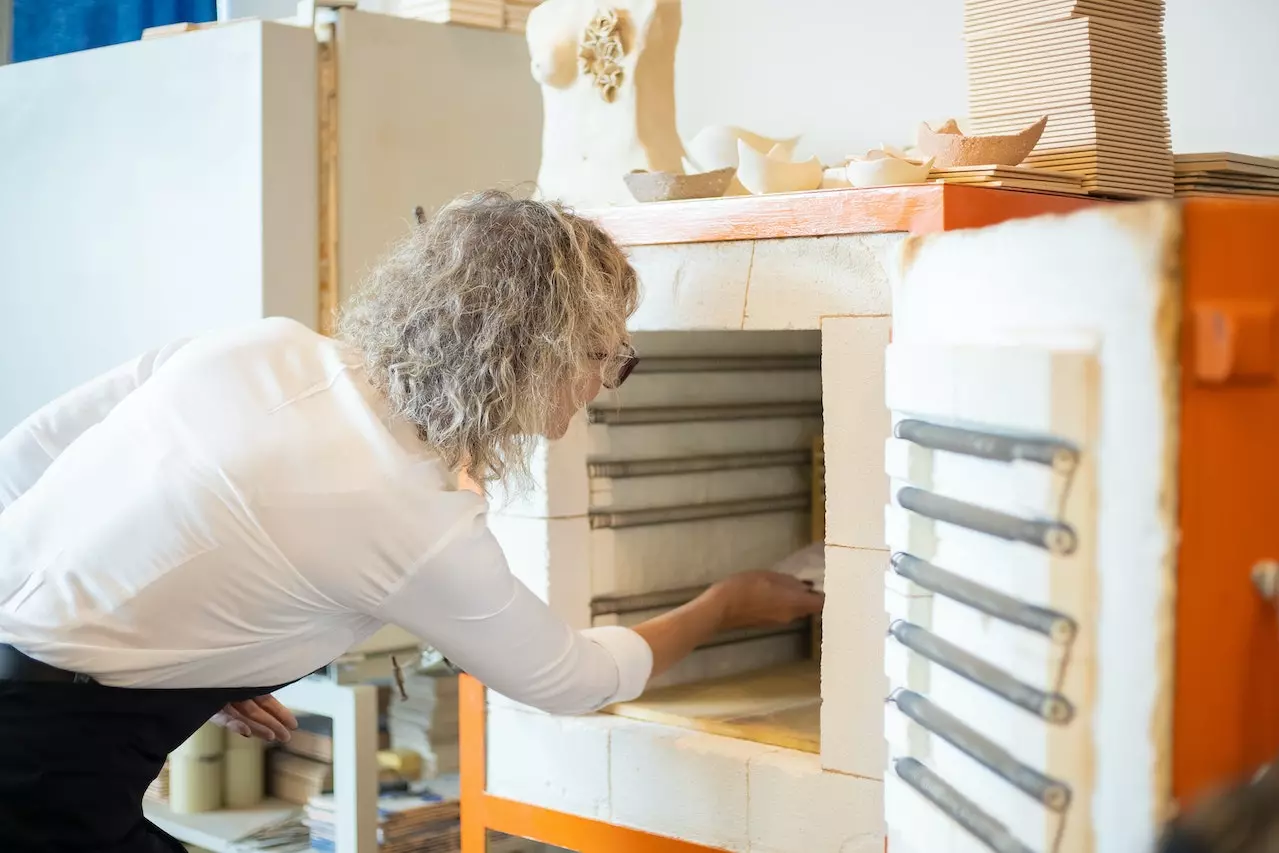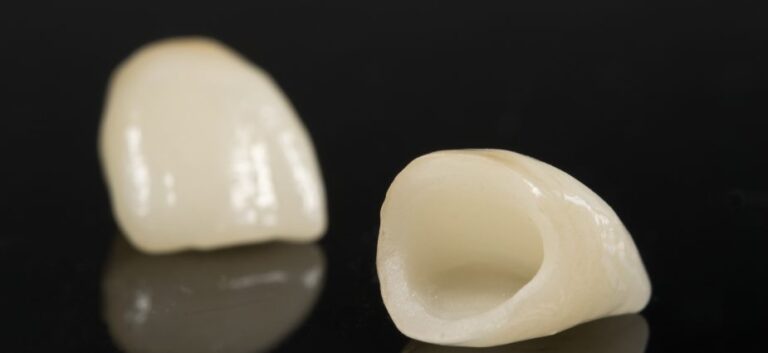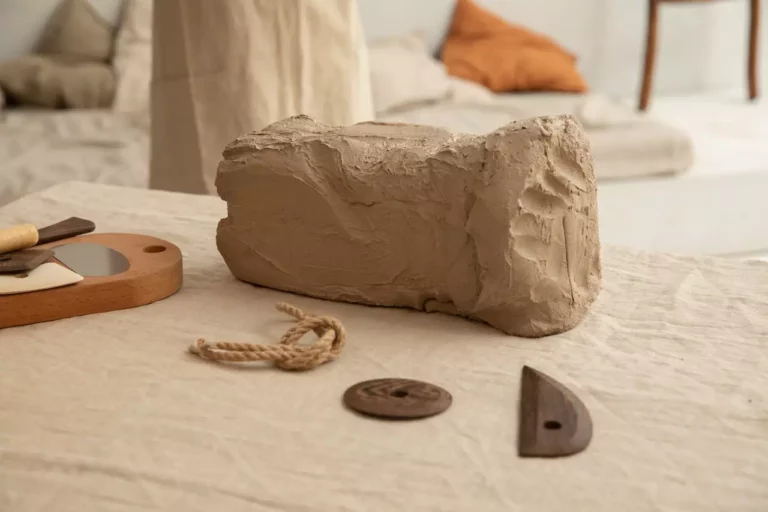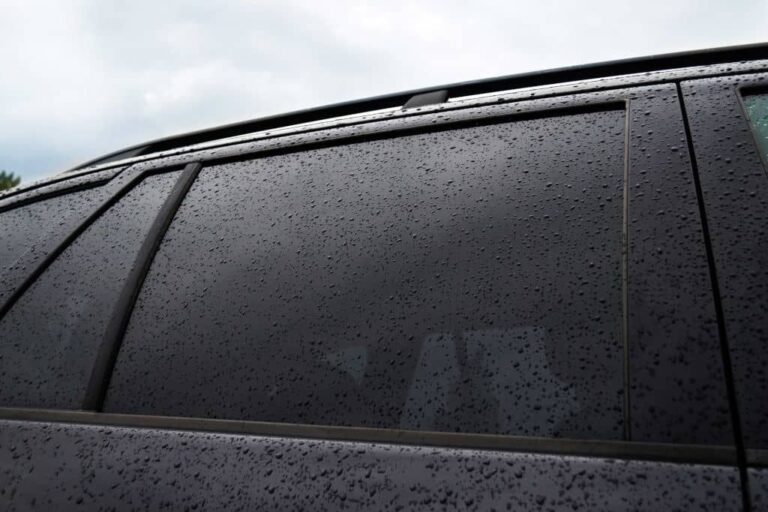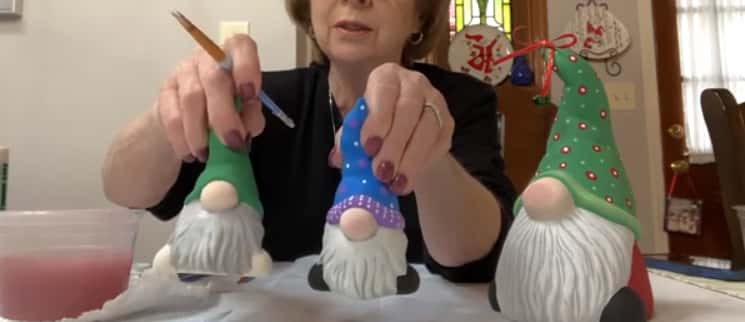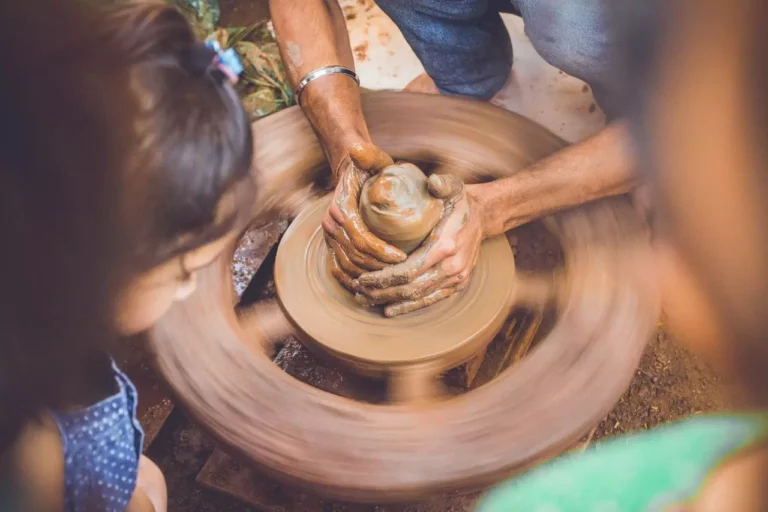How Hot Does A Kiln Need To Be For Pottery
Pottery has been a popular art form for centuries, with its unique beauty and versatility capturing the imaginations of artists and enthusiasts alike. One crucial aspect of pottery is firing the clay in a kiln, a process that transforms the raw material into durable and functional ceramic objects. Temperature plays a vital role in this process, and understanding the appropriate kiln temperature for pottery is essential for achieving the desired results.
What is a Kiln?
A kiln is a specialized oven used in pottery to fire clay at high temperatures. It provides controlled heating and cooling environments necessary for clay transformation. Kilns come in various sizes, shapes, and types, but they all serve the same purpose of creating an optimal firing environment for pottery.
The Importance of Temperature in Pottery
Temperature is a critical factor in pottery, as it affects the clay’s physical and chemical properties during firing. The right temperature allows clay particles to fuse together, forming a strong and durable structure. It also determines the final appearance of the pottery, influencing color, texture, and surface finish. Different stages of clay firing require specific temperature ranges to achieve the desired results.
Clay Firing Stages
Pottery firing typically involves two main stages: bisque firing and glaze firing. Each stage requires different temperature ranges and serves a unique purpose in the pottery-making process.
Bisque Firing
Bisque firing, also known as the first firing, is done at a lower temperature range. It removes the water and organic materials from the clay, making it more durable and ready for glazing. The typical temperature range for bisque firing is between 1700°F (927°C) and 1940°F (1060°C).
Glaze Firing
Glaze firing, also called the second firing, involves applying glazes to the bisque-fired pottery and firing it again at a higher temperature. This stage fuses the glazes to the clay surface, creating the desired decorative effects. The temperature range for glaze firing depends on the type of glaze used and can vary from 1830°F (999°C) to 2300°F (1260°C).
Temperature Ranges for Kilns
Kiln temperature ranges can be broadly categorized into three main types: low fire, mid fire, and high fire. These categories refer to the maximum temperature a kiln can reach and the type of clay and glazes suitable for each range.
Low Fire
Low fire kilns have a maximum temperature range of around 1800°F (982°C). They are commonly used for earthenware clay, which requires lower firing temperatures. Low fire glazes and finishes are also compatible with this temperature range. The low fire technique is suitable for beginners and produces vibrant, colorful results.
Mid Fire
Mid fire kilns can reach temperatures between 2100°F (1149°C) and 2300°F (1260°C). Stoneware and porcelain clays are often fired at mid-range temperatures, as they require higher heat for proper vitrification. Mid fire glazes offer a broader range of colors and effects compared to low fire glazes.
High Fire
High fire kilns have the highest temperature range, typically exceeding 2300°F (1260°C). They are used for firing porcelain and some types of stoneware clay. High fire glazes are known for their durability and stunning finishes. The high fire technique requires more experience and expertise due to the extreme temperatures involved.
Factors Affecting Kiln Temperature
Several factors can influence kiln temperature, and understanding them is crucial for achieving consistent and successful firings.
- Kiln Design: Different kiln designs have varying levels of insulation, airflow, and heat distribution, impacting temperature control.
- Ventilation: Adequate ventilation ensures proper air circulation, preventing temperature fluctuations and ensuring uniform firing.
- Clay Type: Different types of clay have specific firing temperature requirements. It’s essential to choose clay suitable for the desired temperature range.
- Kiln Loading: The arrangement and density of pottery inside the kiln affect heat distribution. Proper spacing and kiln shelf placement are necessary for even firing.
Types of Kilns
Kilns are available in different types, each with its advantages and suitability for specific pottery applications.
Electric Kilns
Electric kilns are popular among hobbyists and small-scale potters due to their ease of use and affordability. They are convenient, controllable, and produce consistent results. Electric kilns come in various sizes and are suitable for low to mid-range firings.
Gas Kilns
Gas kilns are often preferred by professional potters and ceramic artists for their ability to reach high temperatures quickly. They offer precise temperature control and are commonly used for mid to high-range firings. Gas kilns require proper ventilation and installation for safe operation.
Wood-Fired Kilns
Wood-fired kilns are known for their unique firing process, resulting in distinctive effects on pottery surfaces. They require significant skill and experience to operate effectively. Wood-fired kilns can reach high temperatures and are commonly used for high fire pottery.
FAQs
What happens if the kiln temperature is too low for pottery firing?
If the kiln temperature is too low, the clay may not vitrify properly, resulting in weak and porous pottery.
Can I fire pottery without a kiln?
While a kiln is the most reliable and efficient way to fire pottery, alternative methods like pit firing or raku firing can be used in certain situations.
How long does it take to fire pottery in a kiln?
The firing time depends on various factors such as kiln size, pottery thickness, and desired temperature. It can range from a few hours to several days.
Is it necessary to follow specific temperature ranges for glaze firing?
Yes, different types of glazes have recommended firing temperature ranges to achieve the desired effects and ensure proper bonding to the clay surface.
What safety precautions should I take when operating a kiln?
When operating a kiln, it’s essential to follow safety guidelines, including proper ventilation, wearing protective gear, and understanding the kiln’s electrical or gas systems.
Conclusion
Understanding the appropriate kiln temperature for pottery is crucial for achieving successful and visually appealing ceramic pieces. Whether using a low fire, mid fire, or high fire technique, maintaining proper temperature control and considering the various factors that influence firing results are essential. With the right knowledge and skill, artists and enthusiasts can create stunning pottery that showcases their creativity and craftsmanship.
